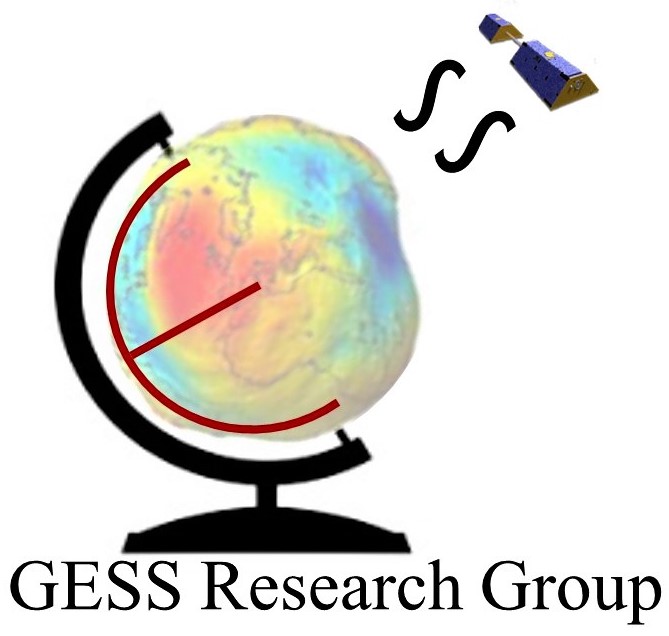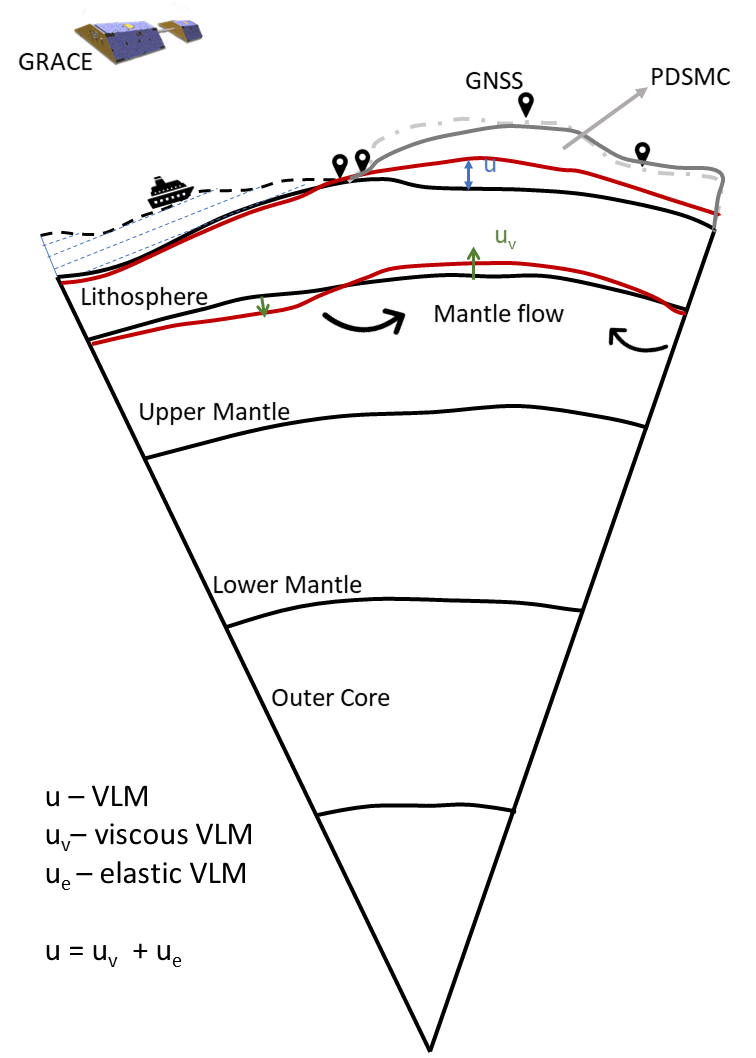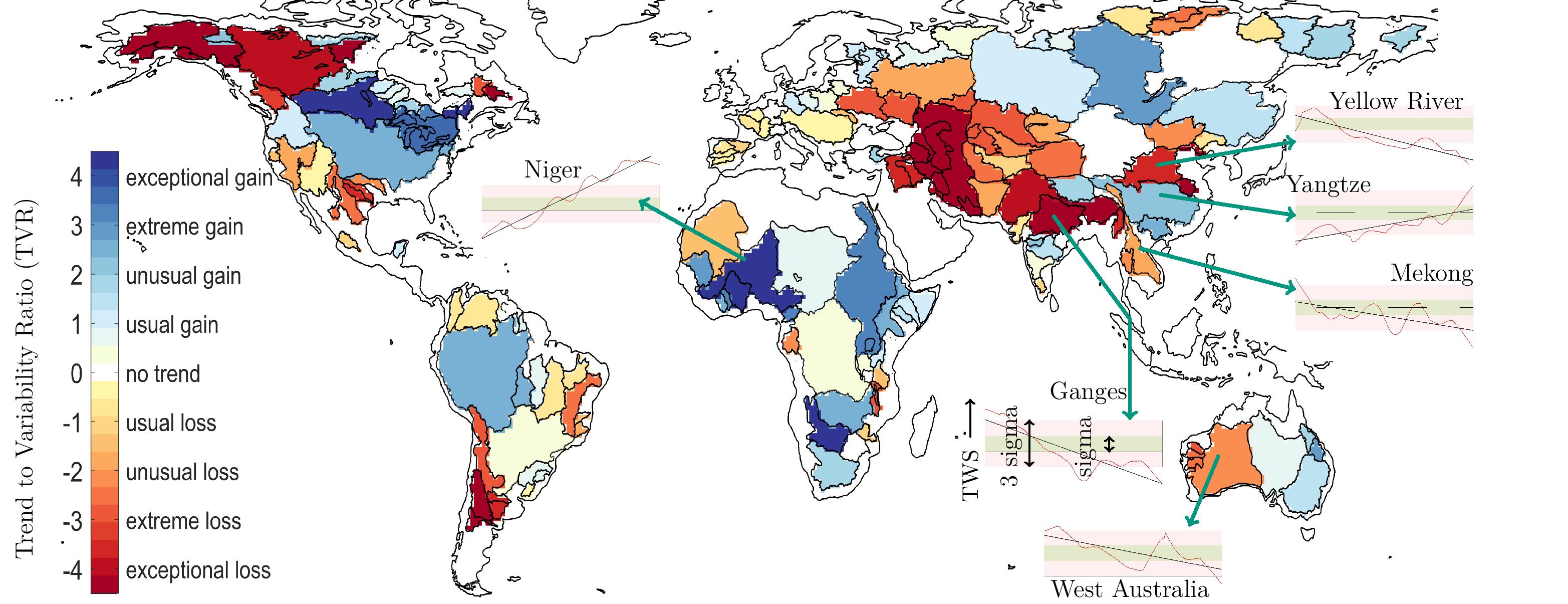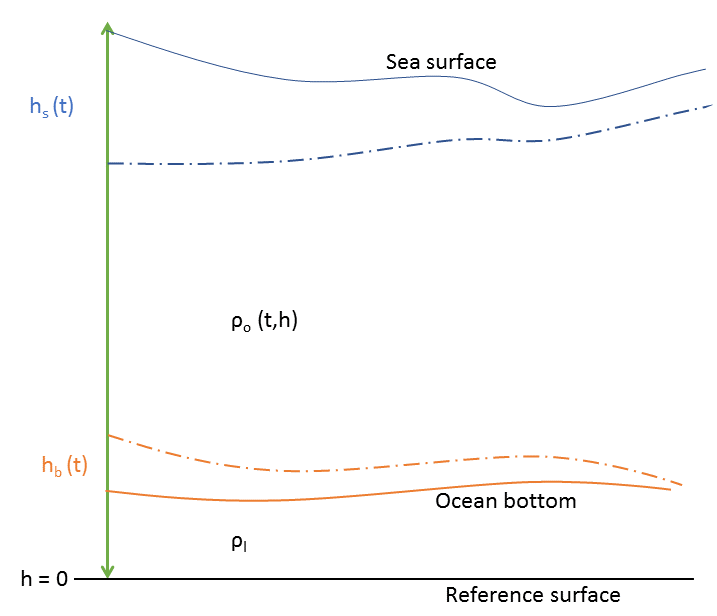Data-driven signal separation helps in identifying GIA signal in Alaska
Our Earth is not rigid. In other words, it responds to surface mass load changes by deforming. During the last ice-age nearly 18000 yrs ago, most of the North America and Europe were under kilometers thick ice and this immense amount of load deformed the Earth. After the ice-age ended, these large ice-sheets melted and the load was lifted. The solid Earth surface is still responding to the change in load and this process is reffered to as the GIA or Glacial Isostatic Adjustment. Many regions in Canada and Europe are experiencing rapid uplift with respect to the Geocentre. This signal has a strong gravitational component and is observed by GRACE. Hence to study hydrology this signal must be removed. The most common method to do that is to use GIA models that have huge uncertainties. Several researchers have thus tried to obtain data-driven estimates of GIA. Ina recent work from th egroup, Bramha developed a data-driven method that uses data from GPS stations and GRACE in a novel mathematical framework that uses the geophysical relations to disentangle GIA and Surface mass change signal. The estimates from this work were significantly different from models over Alaska and Greenland. Many reesearchers have claimed that Alaska has a strong Visco-elastic signal that was missing from global GIA models. The results from this study have significant implications for studies focusing on sea level budget and Greenland ice-mass balance. You may read more about the work at: https://academic.oup.com/gji/article/232/1/537/6674208



